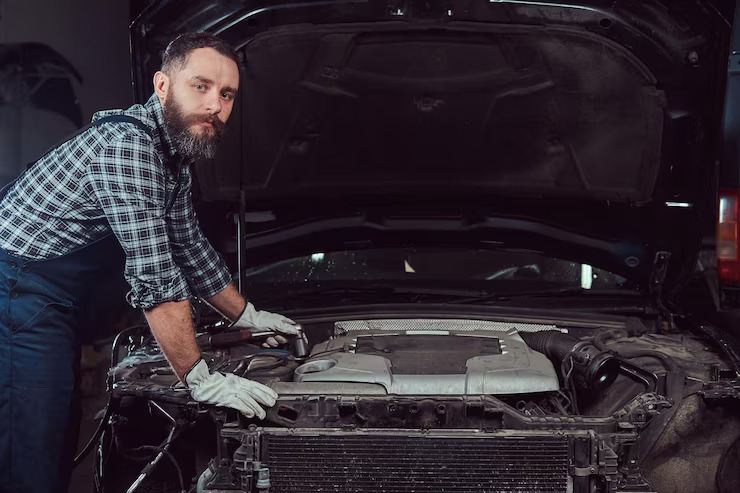Buying an accident-damaged car and restoring it can be a rewarding project for automotive enthusiasts or individuals looking for a cost-effective way to acquire a vehicle in South Africa. While it may require time, effort, and expertise, restoring an accident-damaged car can result in a fully functional vehicle with potential cost savings. In this case study, we will explore the process of buying an accident-damaged car and restoring it in South Africa.
- Finding the Right Car:
The first step is to search for an accident-damaged car that fits your budget, preferences, and restoration goals. Online classifieds, salvage auctions, and automotive marketplaces can be good sources to find such vehicles. Take into consideration factors like the extent of damage, availability of spare parts, and the car’s overall condition.
- Assessing the Damage:
Thoroughly inspect the accident-damaged car to assess the extent of the damage. Look for structural damage, frame issues, and any major mechanical or electrical components that may require repair or replacement. Evaluate the potential cost of repairs and ensure that it aligns with your budget and restoration goals.
- Obtaining Professional Assessment:
Consider seeking the assistance of a qualified mechanic or a professional automotive restoration service to conduct a comprehensive evaluation of the accident-damaged car. They can provide expert insights into the necessary repairs, estimated costs, and feasibility of the restoration project.
- Sourcing Spare Parts:
Identify the required spare parts for the restoration process. Research reputable suppliers and salvage yards that specialize in selling spare parts for the specific make and model of the car. Ensure that the spare parts are genuine, in good condition, and compatible with your restoration project.
- Planning the Restoration:
Develop a detailed plan for the restoration, outlining the necessary repairs, timeline, and budget. Break down the restoration process into manageable steps, considering factors like bodywork, mechanical repairs, electrical systems, and interior restoration. It is important to prioritize safety-related repairs and ensure compliance with South African roadworthiness standards.
- Restoring the Car:
Begin the restoration process, following the plan you have developed. Conduct repairs systematically, addressing one aspect at a time. Depending on the extent of damage, you may need to engage the services of professional bodywork specialists, mechanics, and auto electricians. Maintain detailed records of the repairs and costs incurred throughout the restoration process.
- Compliance and Roadworthiness:
Before completing the restoration, ensure that the car complies with South African roadworthiness regulations. This includes addressing safety features, emissions standards, and ensuring the vehicle is fit for road use. Arrange for a roadworthy inspection by an authorized vehicle testing station to verify the car’s compliance.
- Enjoying the Restored Car:
Once the restoration process is complete, you can enjoy the fruits of your labor. Take pride in your restored car, knowing that you have transformed an accident-damaged vehicle into a fully functional and roadworthy automobile.
Buying an accident-damaged car and restoring it in South Africa can be a fulfilling and cost-effective venture for those with the necessary skills, resources, and passion for automotive restoration. By carefully assessing the damage, planning the restoration, sourcing quality spare parts, and addressing compliance requirements, you can bring an accident-damaged car back to life. However, it is crucial to consider the potential challenges and costs associated with the restoration process. Conduct thorough research, seek professional guidance when needed, and approach the project with patience and diligence. With careful planning and execution, you can turn an accident-damaged car into a vehicle that offers both pride and enjoyment on the South African roads.











